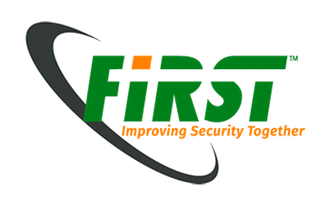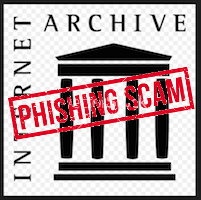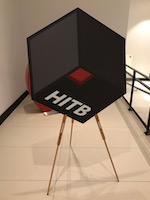I published the following diary on isc.sans.org: “The story of the CFO and CEO…“. I read an interesting article in a Belgian IT magazine[1]. Every year, they organise a big survey to collect feelings from people working in the IT field (not only security). It is very broad and covers their





